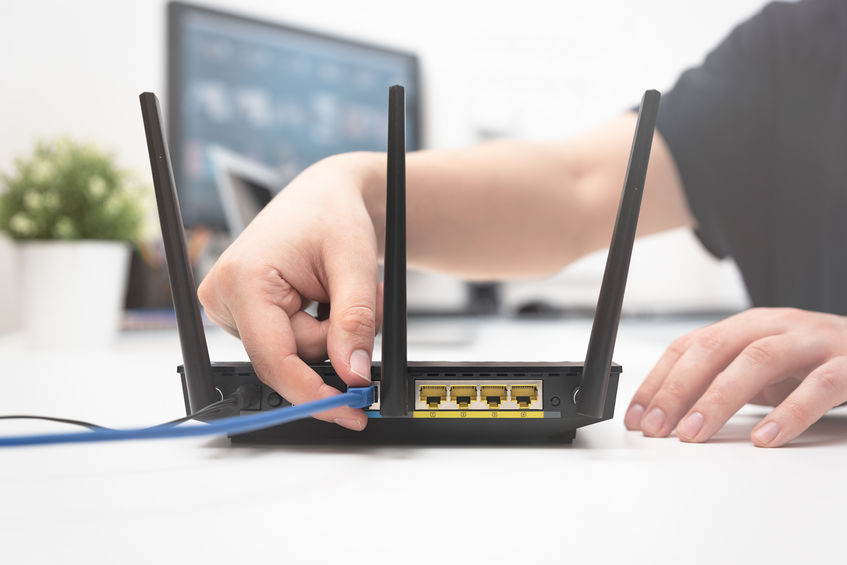DKIM record explained.
Domain Keys Identified Mail for short DKIM record is a DNS record (TXT record) that is utilized to prove that the emails sent from the particular domain name are legitimate via cryptographic authentication.
The recipient, on the other hand, is also going to use the DKIM record when making the DNS query to the domain name for validating the sender. It is going to use the information in the header of the message.
The DKIM record includes the public key, which the recipient needs to confirm the message.
Once you wing an email with DKIM, you are going to attach a DKIM signature header and encrypt it. Then, the server sending the email signs the emails with its private key. After that, the recipients are going to unlock them with the public key. This process ensures that the messages are not going to be spoofed on the route. Additionally, they prove that they can be trusted.









